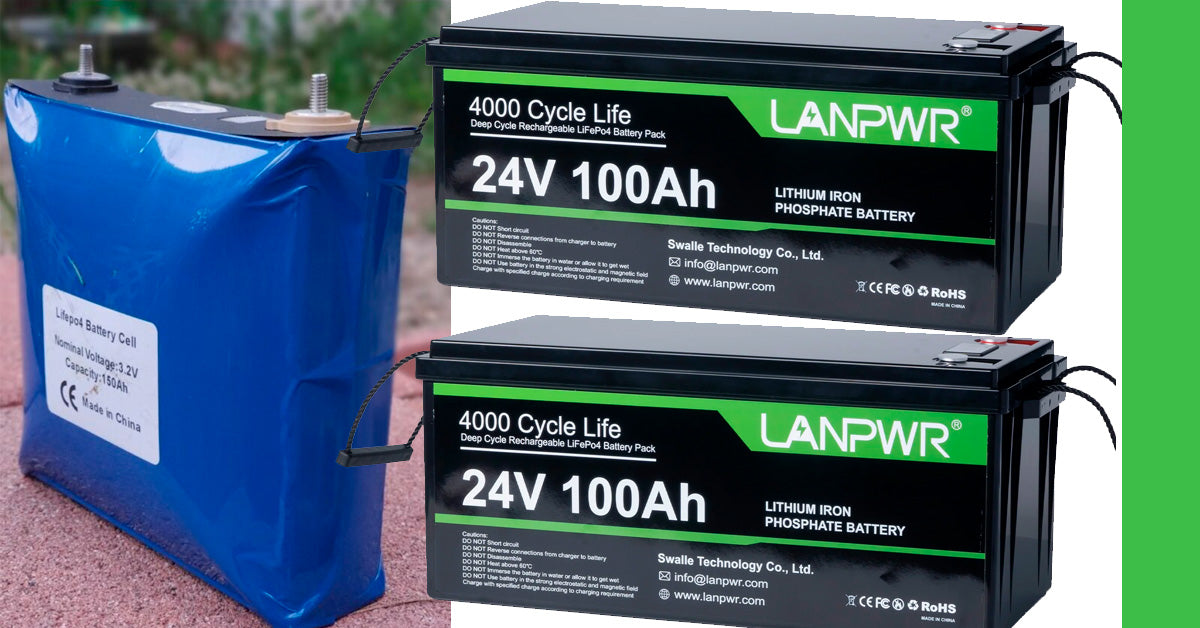In today's technology-driven world, it's crucial to understand how batteries deteriorate when they are not in use. This guide dives into the underlying science of battery wear and provides valuable advice on how to prolong their life, ensuring the dependability and performance of both electronic gadgets and electric vehicles.
Battery Life Essentials
Battery Chemistry Fundamentals
Common Battery Varieties
This segment examines different types of batteries, each designed for particular uses. Alkaline batteries, which are economical and dependable, are typically used in devices like remote controls and clocks that require low power. Nickel-cadmium batteries, now less popular due to environmental issues, are great for power tools thanks to their high discharge capability. Nickel-metal hydride batteries offer a greener alternative with improved capacity retention, making them suitable for digital cameras and similar devices. Dominating the portable electronics market, lithium-ion batteries are noted for their high energy density and minimal self-discharge.
Spotlight on Lithium-Ion Batteries
Among these, lithium-ion batteries stand out as the most advanced in rechargeable technology, essential for today's electronic demands because of their efficient power use and longevity through many charging cycles.
Influences on Battery Longevity
Structural Factors
The lifespan of a battery is greatly influenced by the quality of its components. For example, the purity of the lithium in the electrodes plays a crucial role in enhancing performance. State-of-the-art manufacturing processes help in achieving greater purity, thus extending the battery's durability.
Chemical Dynamics
The efficiency and lifespan of a battery are governed by the electrochemical reactions that take place within it. Imperfections in the chemical composition can lead to inefficiencies, reducing the effective lifespan of the battery.

Battery Degradation Explained
What is Battery Degradation?
Chemical Alterations Over Time
As time passes, the internal chemical reactions can wear down the materials inside the battery, permanently reducing its charge-holding capacity. Environmental factors like temperature and humidity can speed up this degradation.
Effects on Battery Performance
Degradation not only reduces the battery's capacity but also its power delivery efficiency, resulting in longer charging times and shorter usage durations that affect the daily operations of devices.
Deterioration of Unused Batteries
Capacity Reduction in Lithium-Ion Batteries
Lithium batteries naturally lose charge over time, even when idle. Although this self-discharge can be minimized, it can't be completely stopped, impacting how long a battery remains functional when stored.
Comparison with Other Battery Types
All batteries degrade over time, but the rate and nature of degradation differ among types. For instance, nickel-metal hydride batteries might lose charge more quickly than lithium-ion batteries, but they don't face the same deep discharge risks.
Long-Term Storage and Battery Effects
Ideal Storage Practices
Temperature and Humidity Control
Keeping batteries in environments that avoid extreme temperatures and high humidity is ideal, as these conditions can accelerate degradation. Controlled environments help maintain battery quality over time.
Recommendations for Charge State
For long-term storage, it's best to keep lithium-ion batteries at a 40–50% charge state to avoid stress from being fully charged or fully depleted, thus extending their lifespan.
The Dangers of Improper Storage
Risks of Swelling and Leakage
Poor storage conditions can lead to battery swelling and potentially hazardous leaks. These physical damages not only pose safety risks but also impair battery function and longevity.
Irreversible Capacity Loss
Storing batteries under less-than-ideal conditions can lead to permanent capacity reduction, necessitating early replacement due to diminished performance.
Best Practices for Storing Batteries Long-Term
Battery Storage Preparation
Initial Evaluation and Charging
Before entering long-term storage, batteries should be checked for proper function and charged to an ideal level of about 40–50% to minimize stress and maximize lifespan during storage.
Ensuring Physical Safety and Isolation
It's crucial to store batteries in a way that they are physically safeguarded and isolated from conductive materials to avoid short circuits. Utilizing non-conductive storage containers and ensuring that batteries do not touch metal surfaces are key practices. Additionally, storing them in cool, dry places helps prevent environmental damage.
Keeping Batteries Healthy While Stored
Routine Monitoring and Recharging
Even during storage, it's important to regularly check and maintain the battery's charge level. If it falls below the recommended state, recharging to about 50% is advisable to preserve its condition. This ensures the battery remains operational and extends its useful life.
When to Reactivate Stored Batteries
Batteries should be taken out of storage if they show signs of damage, such as swelling or leakage, or if they no longer maintain adequate charge. Cycling them back into use after a long storage period is also recommended to prevent degradation due to inactivity.

Practical Insights from Real-World Battery Use
Case Studies in Battery Usage
Consumer Electronics Analysis
Studying battery usage in consumer electronics offers valuable insights into maintaining battery health. For instance, research on smartphone battery usage shows that frequent full charges and discharges can quickly wear down batteries. Adopting more optimized charging strategies can greatly enhance battery life.
Electric Vehicle Battery Management
Electric vehicles provide a significant example of effective battery management. The larger batteries used in EVs experience more intensive usage cycles and thus require meticulous storage and charging practices to maintain their longevity and ensure vehicle reliability.
Lessons from the Field
Success Stories in Battery Longevity
There are numerous documented cases where strict adherence to recommended storage and management guidelines has markedly extended battery life in electric vehicles, thanks to sophisticated battery management systems that regulate charging levels and temperatures.
Avoiding Common Mistakes and Dispelling Myths
Many issues with batteries arise from frequent mistakes, such as leaving batteries in hot vehicles or overnight charging. Correcting these habits and educating users on proper battery care can foster more sustainable use patterns and prolong battery lifespans.
Conclusion
Recap of Essential Points
This comprehensive review highlights the significance of grasping battery chemistry, recognizing the signs of degradation, and adhering to best practices for battery maintenance and storage. By implementing these guidelines, users can significantly boost the performance and lifespan of their batteries.
Closing Thoughts on Maximizing Battery Life and Reducing Degradation
Ultimately, while batteries naturally deteriorate over time due to their chemical nature, effective management, and proper storage methods can lessen these effects. Whether for consumer electronics or electric vehicles, embracing these strategies is crucial for maximizing the utility and sustainability of batteries.














Leave a comment
This site is protected by hCaptcha and the hCaptcha Privacy Policy and Terms of Service apply.